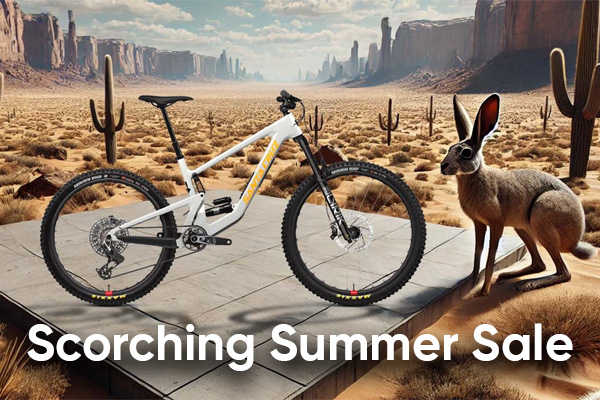
Santa Cruz Bicycles Model Guides
History
Santa Cruz was founded in 1993 in Santa Cruz, California, by Rob Roskopp, Rich Novak, and Mike Marquez. The company started by producing high-end mountain bikes that were designed for the rugged terrain of the Santa Cruz Mountains. These bikes quickly gained a reputation for being some of the best on the market, and Santa Cruz has continued to innovate and push the boundaries of what is possible with mountain bikes.
The Santa Cruz team is made up of passionate riders who are constantly testing and refining their bikes to ensure that they can handle any terrain. They’ve also developed strong relationships with top riders in the industry, which has helped them stay on the cutting edge of mountain bike technology.
Philosophy
Santa Cruz’s design philosophy is centered around creating the highest performing mountain bikes on the planet. They prioritize durability, stability, and speed, and their bikes are known for being able to handle even the most challenging trails.
One key aspect of their design philosophy is their focus on suspension. They believe that a good suspension system is key to creating a bike that can handle any terrain, and they have developed some of the most advanced suspension systems in the industry.
The Technology Behind Santa Cruz’s Bikes
Santa Cruz’s R&D department has developed more than a few tricks to improve their bikes over time. Here are just a few of the trademarked or special technologies and components that the company uses in their bikes:
VPP Suspension: Santa Cruz’s proprietary suspension system uses two short links that rotate in opposite directions. This system provides excellent pedaling efficiency and small bump sensitivity.
Carbon C and Carbon CC: Santa Cruz’s two different carbon fiber layups. Carbon CC is the higher-end version, which is lighter and stiffer than Carbon C.
Reserve Carbon Wheels: Santa Cruz designed their own carbon fiber wheels with the goal of making incredibly strong and durable wheels that would take the most impact without getting bent or damaged.
Flip-Chip: A small but impactful chip that can be flipped to change the geometry of the bike. This allows riders to adjust the bike to their specific riding style and terrain.
Glovebox: The Glovebox is a slick, in-frame storage compartment with a built in organizer for carrying a multitool, a spare tube, some cash and a mini pump on the trail.





























